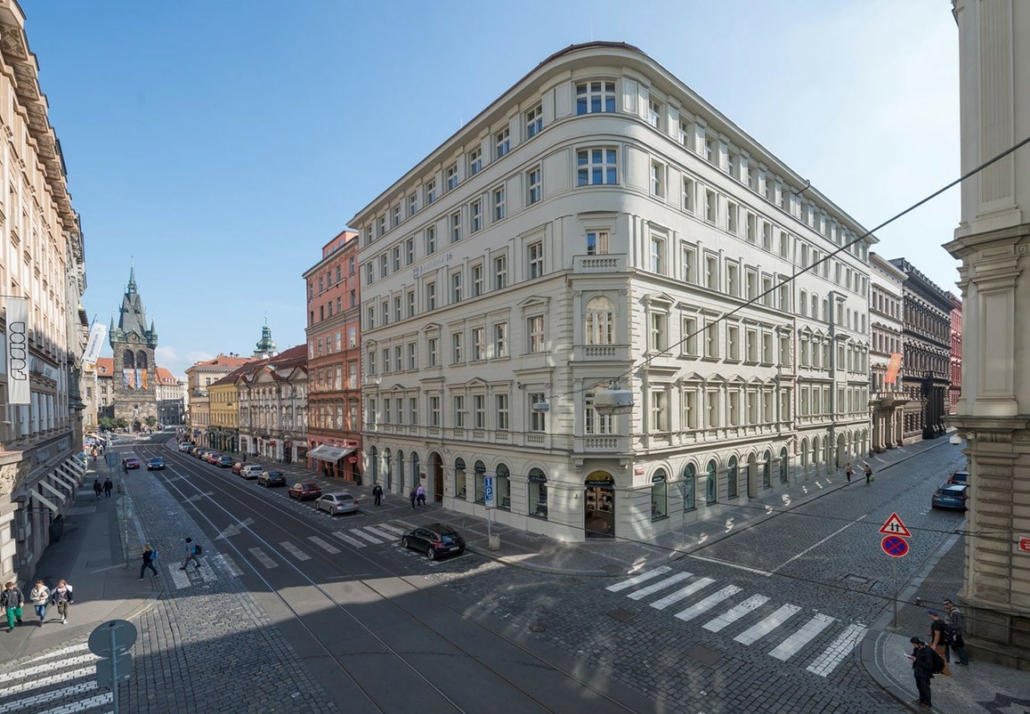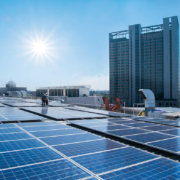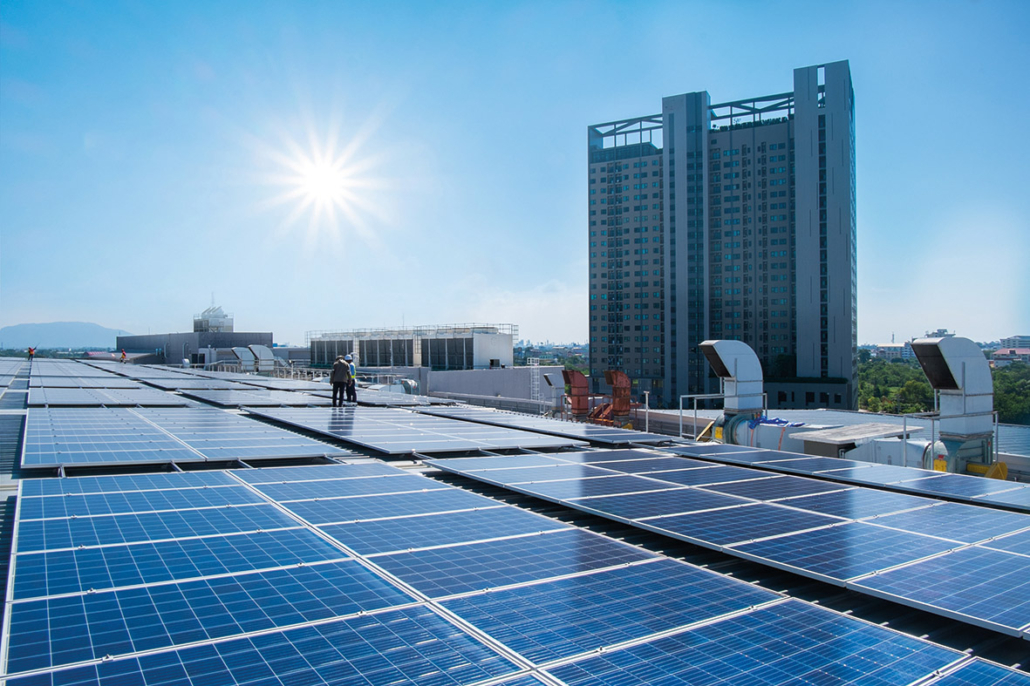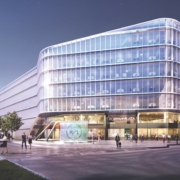ČSOB reduces their carbon footprint, thinking about nature and clients
Companies address environmentally friendly behaviour and sustainability more frequently these days. ČSOB is one of the first banks that took sustainability and environmentally friendly behaviour very seriously and it is part of their strategy.
According to Josef Šedivý, executive director of FAM ČSOB, sustainability is a natural part of the company’s philosophy. This is also proven by the fact that experts rate their Prague headquarters and the new building in Hradec Králové among the hundred most ecological office buildings in Europe; moreover, these buildings have received several different awards – for instance Best of Realty, Green Roof or LEED Platinum certification. Sustainability and support of diversity represent the way in which companies can be beneficial to society and allow future generations to maintain the same standard of living as we know today. Josef Šedivý says: “Our main goal is to create conditions that are in harmony with the environment and sustainability. We want to be a good neighbour for people and nature and to open up more to the public. We behave ecologically not only in our internal operations, but we also support our clients in this: we search for and support long-term sustainable projects and give clients the opportunity to invest in companies that minimize their activities’ negative effects on the environment. We have been helping corporate clients for a long time in their search for business transformation solutions towards sustainability and innovation.”

Prague headquarters belong to the top in sustainability
The rise in energy prices makes companies look for savings. At ČSOB, they are ahead of time – it’s already been three years since they started consuming electricity only from renewable sources, when in 2019 it was only 68%. Therefore, they leave no carbon footprint with the electrical energy consumed in this way now. Daniel Rubricius, Director of FAM Buildings ČSOB, comments: “We are constantly working to reduce the energy consumption of all bank branches and headquarters. Energy consumption also decreases due to our new modern ecological buildings. ČSOB Campus in Radlice, Prague, is one of the most ecological buildings in Europe. It uses geothermal wells both for heating and cooling, and there are more than 300 trees, 3,000 bushes and one hundred climbing plants growing on the roofs, which are watered by a self-irrigation system with rainwater.”
There are also several charging stations for electric cars and electric bikes in the garages. Lukáš Cerman, director of FAM Development ČSOB, adds: “We are aware that the cars we operate contribute significantly to our CO2 footprint. For this reason, we support electromobility. Our company fleet currently includes about 20 electric cars, for which we operate and build charging stations. In general, we reduce the number of vehicles, try to share them efficiently and gradually start to move away from internal combustion engines. Our vision is to have a fully electrified vehicle fleet by 2030.”
The new building in Hradec Králové is one step ahead
The recently opened regional headquarters in Hradec Králové meets the strictest ecological standards. There they also use heat pumps and energy from the earth’s massif, achieving exceptionally economical operation. It is yet just another proof that ČSOB really takes environmental protection seriously. There is even a well there. It could therefore be said that when it comes to energy savings, they achieved the possible maximum. “There is always more that can be done, and the search for savings in reducing the energy demand of buildings is a never-ending process due to the constant emergence of new technologies and innovations,” says Daniel Rubricius, and specifies: “We will focus more on the use of air conditioning systems for both cooling and heating. During the heating season, we will lower the internal temperature and continue the installation of photovoltaic panels, which we started three years ago.”
It is more complicated in the regions
However, ČSOB branches are not only based in modern buildings with top technologies. Their own as well as leased premises have been undergoing continuous optimalization for several years now. The total number of branches generally has a downward trend, where the main effort is to reduce their area. It is a consequence of digitization and the development of the way of servicing clients. Reducing the number of branches or reducing their area represent savings in operational services, including energy, and thus also reducing the carbon footprint. “We strive for a sustainable and ecological approach in all objects, even though it is not easy in some of them. LED lighting, MaR systems and energy-saving cooling and heating technologies come as a general standard. Another area we gradually focus on is photovoltaics. We currently operate photovoltaic power plants on the roofs of our buildings in Zlín, Břeclav and Blansko, having a total of 52 panels with a combined output of more than 16 kWp. We plan to gradually increase the number of solar power plants,” concludes Lukáš Cerman.

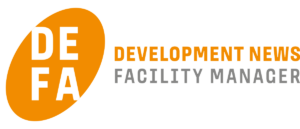
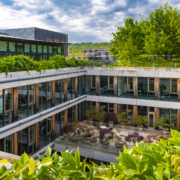
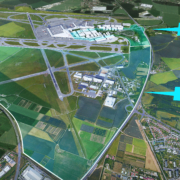


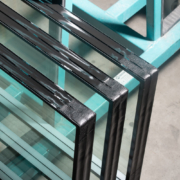
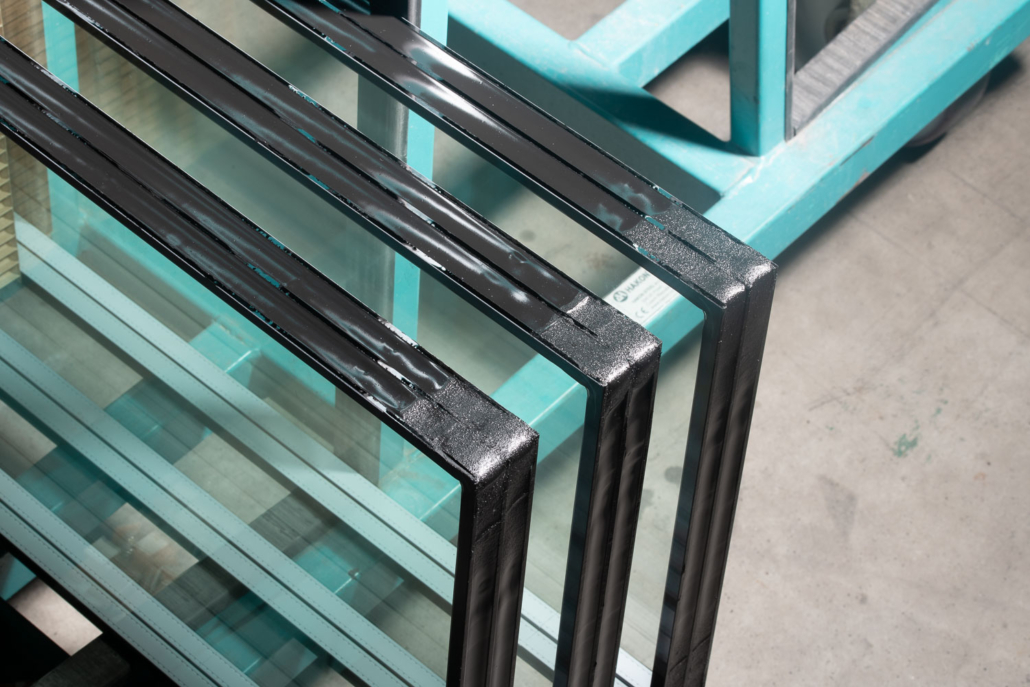


 The visitors did not notice anything
The visitors did not notice anything
 Green Center belongs to the top in the field. Do you have an overview of all the places where your parking systems can be found?
Green Center belongs to the top in the field. Do you have an overview of all the places where your parking systems can be found?
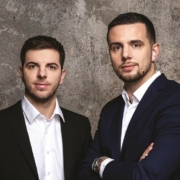
 How has the reconstruction of the department store Máj progressed since our last interview some six months ago?
How has the reconstruction of the department store Máj progressed since our last interview some six months ago? 
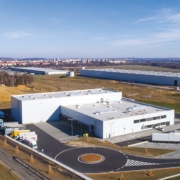
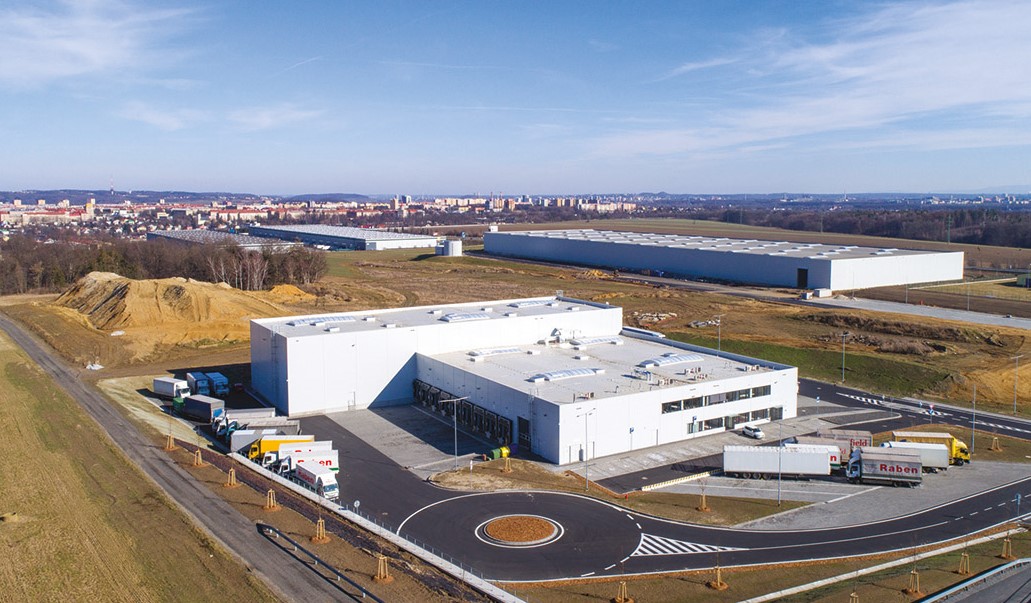 The effects of the Covid pandemic, the impact of the war in Ukraine, the growth of inflation and interest rates, or the lack of workers and materials in the construction industry have not yet had any negative impact on the industrial real estate market. On the contrary, the Czech market for modern industrial real estate is growing rapidly. In the first half of 2022, 1.3 million sq m of new premises were under construction, most of which should be completed this year. Thanks to that, the market will exceed 11 million sq m already in the middle of next year. The highest share of new premises fell to the Moravian-Silesian Region, followed, with a small distance, by the Olomouc Region and rounded out by the Central Bohemian Region. However, interesting projects were created across the whole of the Czech Republic.
The effects of the Covid pandemic, the impact of the war in Ukraine, the growth of inflation and interest rates, or the lack of workers and materials in the construction industry have not yet had any negative impact on the industrial real estate market. On the contrary, the Czech market for modern industrial real estate is growing rapidly. In the first half of 2022, 1.3 million sq m of new premises were under construction, most of which should be completed this year. Thanks to that, the market will exceed 11 million sq m already in the middle of next year. The highest share of new premises fell to the Moravian-Silesian Region, followed, with a small distance, by the Olomouc Region and rounded out by the Central Bohemian Region. However, interesting projects were created across the whole of the Czech Republic.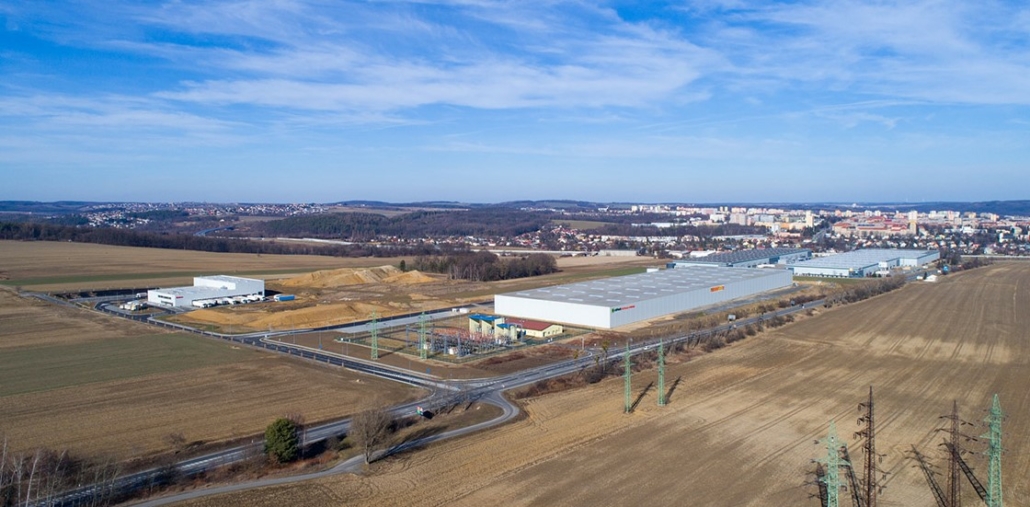
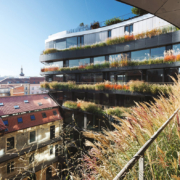
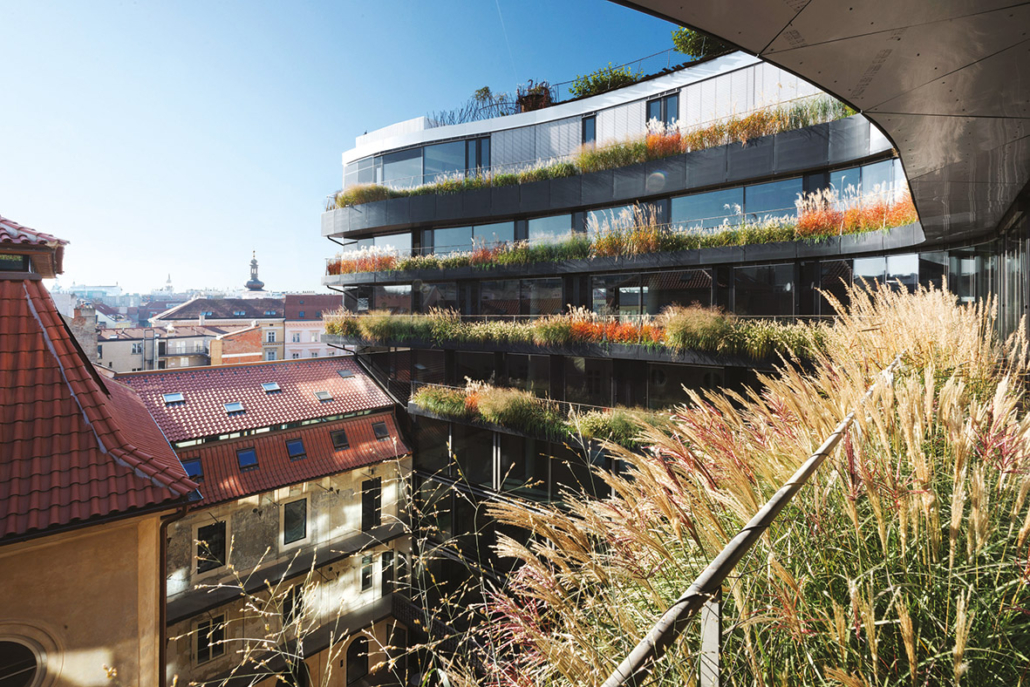 Jurčíček: Our department started building services on transactional technical consulting, that is technical audits aimed at identifying risks arising from real estate’s technical condition during transactions (technical due diligence). We not only examine the current state of the property or prepare a plan for the necessary capital investments in a horizon of for instance 10 years, but we also check the issued permits, proprietary relationships and the state of the technical documentation related to the building. This requires extensive experience with the process, for instance in aspects of cooperation with legal and commercial consultants. Other pillars that we have gradually started to add are project management, project monitoring especially for banking institutions, consulting in the field of sustainability and, of course, specific technical consulting and the preparation of feasibility studies based on the specific needs of our clients, which include investment groups, funds, multinational clients, developers, banking institutions, but also private individuals. The area of sustainability and ESG is a relatively new segment for us. We began to pay more attention to it in 2021, and with the recent arrival of Bára Jansová, this sector becomes even more important for Savills, as we want to expand our portfolio of services with detailed ESG assessments.
Jurčíček: Our department started building services on transactional technical consulting, that is technical audits aimed at identifying risks arising from real estate’s technical condition during transactions (technical due diligence). We not only examine the current state of the property or prepare a plan for the necessary capital investments in a horizon of for instance 10 years, but we also check the issued permits, proprietary relationships and the state of the technical documentation related to the building. This requires extensive experience with the process, for instance in aspects of cooperation with legal and commercial consultants. Other pillars that we have gradually started to add are project management, project monitoring especially for banking institutions, consulting in the field of sustainability and, of course, specific technical consulting and the preparation of feasibility studies based on the specific needs of our clients, which include investment groups, funds, multinational clients, developers, banking institutions, but also private individuals. The area of sustainability and ESG is a relatively new segment for us. We began to pay more attention to it in 2021, and with the recent arrival of Bára Jansová, this sector becomes even more important for Savills, as we want to expand our portfolio of services with detailed ESG assessments.